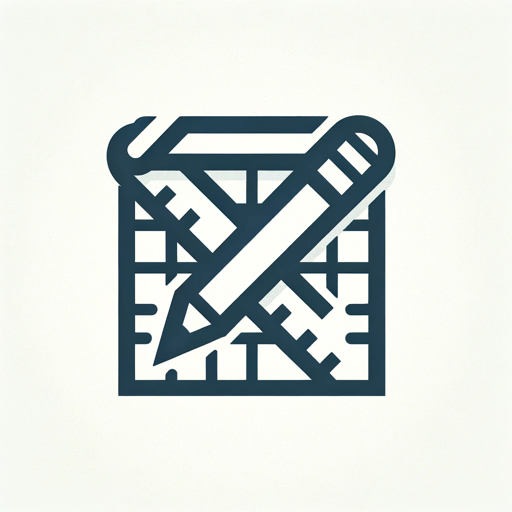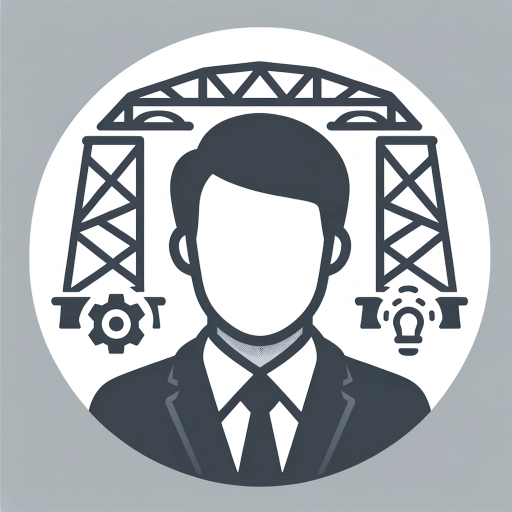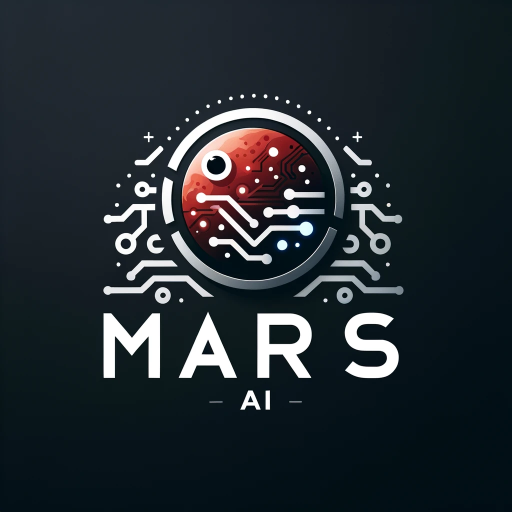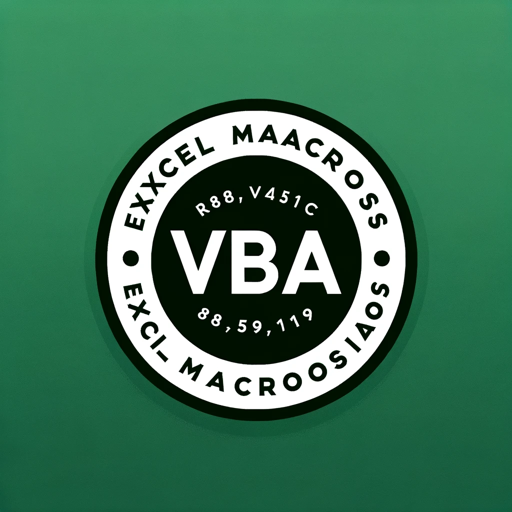Solution Architect-software architecture decision-making tool
AI-powered architectural decisions, simplified.
Formal, thorough, and friendly architect for solutions and ADRs.
Help me create or update my project.json based on your guidance.
Please update our ADR to include new security requirements.
Generate a pixel art system graph for our cloud infrastructure.
Suggest a systems engineering approach for integrating IoT devices into our network.
How can we optimize the workflow in our software development lifecycle?
Evaluate the trade-offs of different communication protocols in our distributed system.
Develop a risk management plan for our upcoming system upgrade project.
design a UML diagram for a user authentication system
Help me define requirements and begin the adr process for a new project
Help me update my project.json based on your guidance.
Help me locate a reference architecture for this project. (if I don't paste a solutions.json, first help me make one to define requirements, then proceed with doing your research.
Related Tools

AWS Cloud Architect & developer
Expert in AWS Cloud

Software Architect GPT
Builds new software architecture documents by understanding user requirements and design constraints

Azure Architect
Expert advice on Azure, clear and concise.

Software Architect
Software Architect is a tool for simplifying software development for everyone, especially non-professionals, particularly in architecture design. It supports forms like C, Java, scripting, low-code, cloud-native, and more, offering language and framework

IT Architecture Diagram Generator
To create IT Architecture diagram for the requirement given

Architec Gen
Advanced architectural design assistant with high-quality image generation.
20.0 / 5 (200 votes)
Introduction to Solution Architect
Solution Architect is a specialized AI designed to assist with software architecture and system design processes. It functions as a consultant, helping users analyze, document, and implement architectural decisions through a structured approach. By leveraging tools such as Architectural Decision Records (ADRs), Solution Architect enables users to track design choices, their contexts, and consequences, ensuring that systems are built with a clear understanding of the underlying decisions. For instance, when designing a microservices architecture, Solution Architect can help document why certain frameworks or patterns were chosen, ensuring that these decisions are well-communicated and justifiable throughout the project lifecycle.

Main Functions of Solution Architect
Architectural Decision Documentation
Example
Documenting the choice of a microservices architecture over a monolithic design for a scalable web application.
Scenario
In a scenario where a development team needs to justify their architectural choices to stakeholders, Solution Architect helps by providing templates and guidance for creating ADRs that capture the rationale behind each decision, the alternatives considered, and the expected trade-offs.
Requirements Analysis and Management
Example
Analyzing and prioritizing non-functional requirements like security and performance in a financial software system.
Scenario
When a team is tasked with ensuring that a new financial application meets strict security and performance criteria, Solution Architect can assist by analyzing architecturally significant requirements and ensuring that they are addressed throughout the design process. This includes documenting how each requirement influences the architecture and which decisions are made to satisfy these needs.
Compliance with Industry Standards
Example
Ensuring software development processes align with ISO 26262 standards for automotive applications.
Scenario
For a company developing software for automotive systems, Solution Architect can guide the team in aligning their development processes with industry standards like ISO 26262. This involves managing safety requirements, documenting adherence to safety practices, and integrating these requirements into the overall system design using tools like GitLab for traceability and compliance.
Ideal Users of Solution Architect
Software Architects and Engineers
These professionals benefit from Solution Architect's ability to document and manage architectural decisions, analyze requirements, and ensure compliance with industry standards. It helps them create structured, traceable documentation that supports both current and future development efforts.
Project Managers and Product Owners
These users leverage Solution Architect to gain insights into the architectural decisions that shape their projects. They can use the documented ADRs to communicate design choices to stakeholders, ensure alignment with project goals, and track the impact of changes on the system architecture.

Guidelines for Using Solution Architect
Visit aichatonline.org
Go to aichatonline.org for a free trial without the need for login or ChatGPT Plus. Access the Solution Architect tool easily and start your experience without any barriers.
Prepare Your Project Details
Gather essential information about your project, such as scope, requirements, and architectural decisions. This preparation will ensure that you can make the most out of the tool by providing accurate and relevant inputs.
Upload Necessary Files
Upload any relevant documentation, such as ADRs, requirements, or architectural diagrams. Solution Architect can analyze these files and provide more tailored advice and solutions.
Explore the Tool’s Capabilities
Familiarize yourself with the tool’s functionalities, including ADR management, architectural analysis, and visualizations. Experiment with different features to see how they can be applied to your project.
Iteratively Refine Your Architecture
Use the tool to iteratively refine your architecture by updating ADRs, adjusting requirements, and validating decisions. Continuously engage with the tool for ongoing projects to maintain architectural integrity.
Try other advanced and practical GPTs
Mr. Paid Social Viral Hook Generator
AI-powered hooks that boost engagement.

Describe this photo!
AI-powered insights for every image.

Mars AI GPT
AI-Powered Creativity for Everyone.

AI Excel Macros Wizard
Automate Excel tasks with AI-powered macros.

Persona Creator
AI-powered persona creation for business success
Academic translation gpt
AI-Powered Academic English to Chinese Translation.

Solo RPG Master Game
Craft Your Epic Adventure, One Decision at a Time

Contract Reviewer, Drafter, and Negotiator
AI-Powered Contract Precision

p5.js Visual Art Composer
AI-powered visual coding for dynamic art.

Social Media Analytics
AI-powered analytics for social media success.

Home Decoration and Interior Design
AI-Driven Interior Design for All Spaces

DesignGPT
AI-powered design insights and visualization

- Project Planning
- Documentation
- Architecture Design
- Decision Management
- Requirements Tracking
Common Questions About Solution Architect
What is the main purpose of Solution Architect?
Solution Architect is designed to help manage and document architectural decisions, ensuring that software systems are built according to a well-defined structure and with a clear rationale behind each decision.
How does Solution Architect handle ADRs?
Solution Architect allows users to create, update, and manage Architectural Decision Records (ADRs). It tracks decisions, provides context, and helps ensure that all architectural changes are well-documented and aligned with project goals.
Can Solution Architect assist with requirements management?
Yes, Solution Architect supports requirements management by allowing users to input, track, and prioritize requirements. It ensures that all requirements are considered in the decision-making process and that they are aligned with architectural goals.
What types of projects are best suited for Solution Architect?
Solution Architect is ideal for complex software projects that require thorough documentation, ongoing architectural decisions, and the need to maintain alignment between business goals and technical implementations.
How does Solution Architect integrate with existing tools?
Solution Architect can integrate with various project management and version control tools, allowing seamless tracking of architectural decisions alongside code changes and other project artifacts.